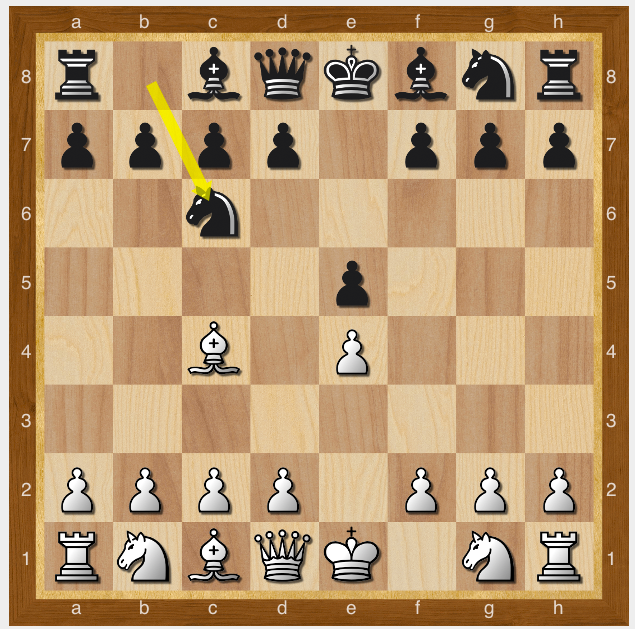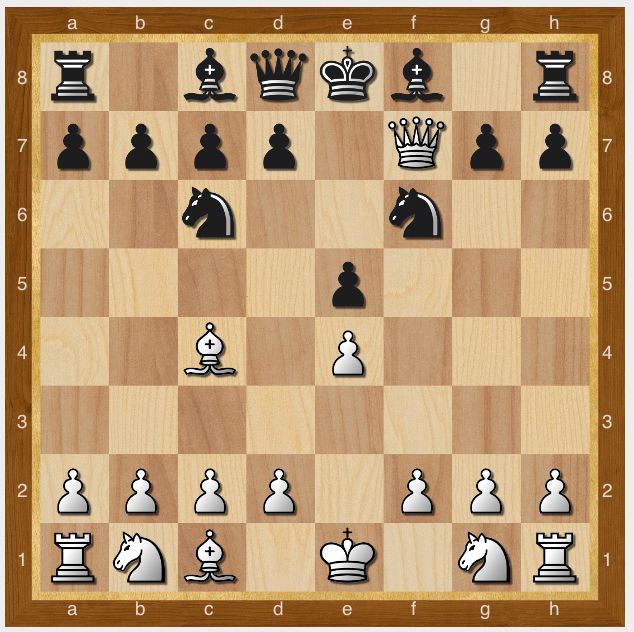Scholar's Mate: Proceed with Caution
- Robert Ek
- Nov 22, 2017
- 2 min read
The weather is getting colder, all that's left of the halloween candy is the stuff Mom and Dad won't even eat, and everyone is making plans to see friends and family; the holidays are here. With the holidays comes visiting with people you haven't seen in a while and, as a way to pass the time, lots of people play games.
We are going to look at the "Scholar's Mate". I am not wild about teaching this too early because Scholar's Mate (and it's cousin the Fool's Mate) always struck me as a kind of "con" or a "hustle". And, like any con, you usually can't pull it off on the same "mark" twice because they figure out they are aware how you tricked them the last time. We are covering this for two reasons; one, so you don't get tricked by this yourself and, two, so you can gently show others how to avoid falling for this mate too.
Scholar's Mate starts off very simply with both sides pushing their "e-file" pawns toward the middle of the board:
1. e4, e5

By pushing the e pawn up, White now opens the diagonals for his bishop and queen. Here's where the "shell game" starts. Don't get distracted and keep your eye on Black's weak square on f7.
2. Bc4, Nc6

3. Qh5, Nf6

Alarms should be going off for Black at this point. White is breaking a big rule by rolling the queen out so early in the game. Black attempts to chase the queen off with Nf6. The better play is g6, both attacking the vulnerable queen on h5 and protecting the weak f7 square, OR Black could play d7, reinforcing his pawn on e5 and giving his king an escape route. Either way, Black is better off than Nf6 because White ends things quickly ...
4. Qf7#

Checkmate. Black's king is trapped and the queen is reinforced by the bishop on c4. Mate in 4 moves.
Again, this is a checkmate that hinges on one player (in this case, Black) having a limited understanding of how the game works and White taking advantage of this with a lightning strike on f7 with a queen and bishop combination.
If I am White, and I am interested in playing chess with my opponent ever again, it probably is not in my best interest to embarrass my opponent like this because they probably will not be thrilled to play with me again. This can be discouraging and does nothing to help introduce others to what is otherwise a brilliant game that can be enjoyed by everybody.
With that said - always be mindful of a queen coming out to attack in the first five moves. Either you have a major weakness that your opponent is trying to attack - or they are playing way to aggressively and you can make them pay for it early. Either way, don't fall for this. You've been warned.




























Comments